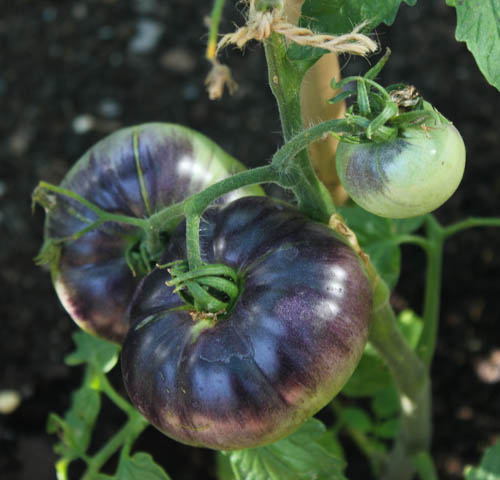
Sow Fennel, oriental vegetables like mizuna greens and Pak Choi, rocket, coriander dill, spinach, claytonia and land cress, in modules as soon as you can in August. These will germinate quickly and can be planted out by mid-August for cropping in Autumn.
Continue sowing ‘cut and come again’ crops like mixed herbs, in pots, greenhouse borders or growing bags. Mixed salads can be started in shade under greenhouse benching then moved outdoors. In late August sow spinach, spring onions, Japanese onion lettuce and spring cabbage for transplanting outdoors.
Check aubergines, sweet peppers, cucumber, melon and chilli’s daily for red spider mite and whitefly which can take hold at this time of year. Use organic sprays containing plant oils or extracts, fatty acids or plant invigorator to control red spider mite. Damping down and misting plants offers a measure of control but is not the solution. Natural pyrethrum, fatty acids or plant oil sprays help to control whitefly. None of these last long so regular application will be needed to keep the pests in check. Biological controls are also effective. Use predatory mites Phytoseiulus persimilis and Amblyseius the predatory midge (Feltiella acrarsuga) and a rove beetle (Atheta coriaria) for red spider mite and Encarsia formosa for whitefly. These are available from biological control suppliers.
Removing tomato leaves which shade trusses of fruit, will speed up ripening. Removing some below the trusses improves air circulation and reduces the chances of tomato blight, but don’t remove too many.
Ventilate the greenhouse before temperatures rise on hot days and damp down to increase humidity.
Make arrangements for someone to check on your greenhouse before going on holiday, and pay them by letting them harvest your crops. Regular harvesting ensures that ripening and harvesting continues, if ripened fruits to stay on the plant and they will deteriorate – the plants stop producing, too.
If you haven’t done so already, sow Foxgloves, Hollyhocks, Canterbury bells, and Delphiniums in a cool greenhouse for planting out and overwintering in October. Sow them in cold frames or outdoors further south.
To reduce the chance of Blossom End Rot on tomatoes, peppers (and occasionally aubergines), keep the greenhouse well ventilated, keep the soil consistently moist and water two or three times a day if needed. This is particularly important when using growing bags as the compost is very difficult to moisten once it has dried out. Automatic watering systems, larger pots up to 37.5cm in diameter, or growing in border soil are all beneficial, especially where frequent watering is not possible; mulching around the roots helps, too. You can still eat the tomatoes even if they have Blossom End Rot – just slice off and compost the damaged part.
Pinch out the tops of the main stems of tomatoes, so all of the energy goes into ripening the fruit once six trusses have formed or when they reach the top of the greenhouse.
Plant potatoes in pots in the greenhouse for cropping at Christmas, as they take about 12 weeks to mature, prepared tubers will be at garden centres and online this month. Happy gardening. Matt


